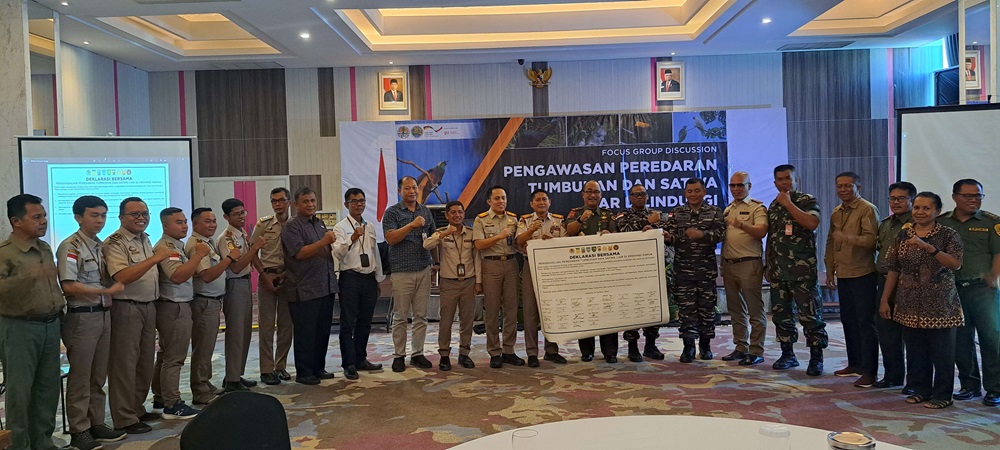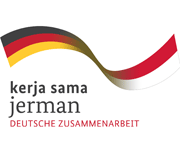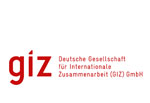
Papua Province has an extremely high level of biodiversity, which manifests itself across various types of ecosystems that range from coral reefs, estuaries, swamps, lakes and savannas to lowlands, highlands and alpine areas. This distribution of ecosystem types makes many of the province’s biological resources specific and unique. According to estimates made by experts, Papua has between 11,000 and 20,000 types of vascular plants, 191 types of mammals, 346 types of reptiles and amphibians, 552 types of birds, 151 types of freshwater fish and an estimated 300,000 types of insects.
As a form of governance that specifically relates to the use of wild plants and animals, as set out under Decree of the Minister of Forestry Number 447/KPTS-II/2003 on the Administration of the Collection or Capture and Distribution of Wild Plants and Animals, the Papua Natural Resources Conservation Center (BBKSDA) is obliged to provide guidance and to coordinate with stakeholders regarding management of the use of wildlife (both flora and fauna). As a result, BBKSDA held a focused discussion (FGD) on 24 October 2023 in Jayapura City. The event was opened by the Head of BBKSDA Papua, A.G Martana, S.Hut. MH., and was attended by various parties that deal with the use and distribution of wildlife (flora and fauna), including: the Agricultural Quarantine Center in Jayapura, the Papua Regional Police Force, the Indonesian Navy, Angkasa Pura Airport in Jayapura, a local shipping company (PT. Pelindo Jayapura), the Papua Forest and Environment Service, the Jayapura District Prosecutor's Office, a local division of the national army (Pangdam XVII Cenderawasih), the High Court in Jayapura, as well as Papua Province’s various development partners, including FORCLIME. The aim of this FGD was to:
1. Improve coordination with stakeholders in order to increase the effectiveness of the monitoring and control of the circulation of wildlife (flora and fauna) both entering into and leaving Papua Province.
2. Achieve a mutual understanding regarding the handling and prevention of the illegal distribution of wildlife (flora and fauna).
This FGD resulted in the Papua Declaration, which sets out a cross-party commitment to tackling the illegal networks that circulate wildlife within Papua Province.
For more information, please contact:
John Hassor, an intern from Ottow Geissler Papua University
Anna Manyakori, Advisor for Sustainable Forest Management and Coordinator for Papua Province
Ruben Yogi, Junior Advisor for GIS and Mapping
Mohammad Sidiq, Strategic Area Manager for Sustainable Forest Management and Coordinator for Tanah Papua






